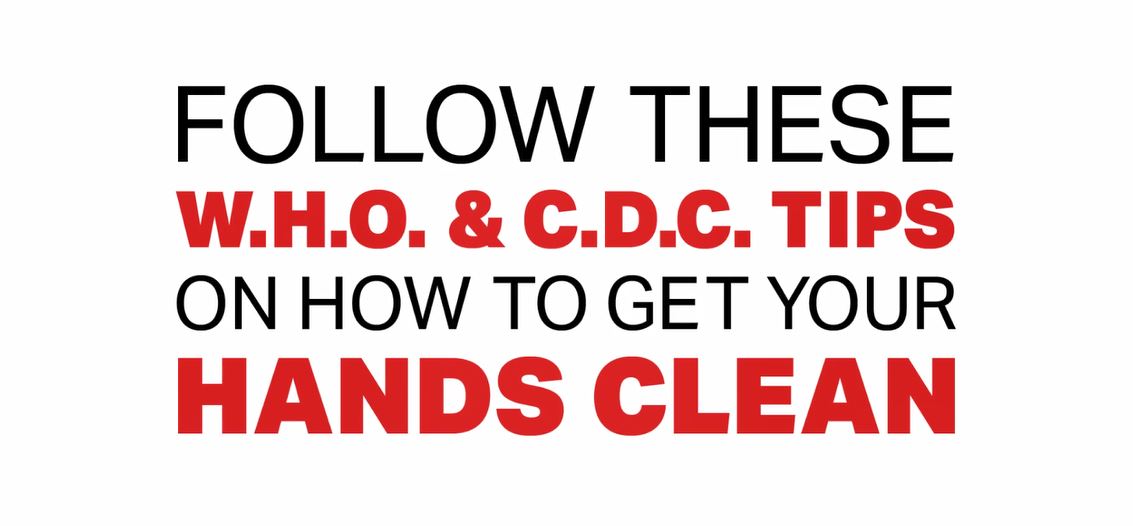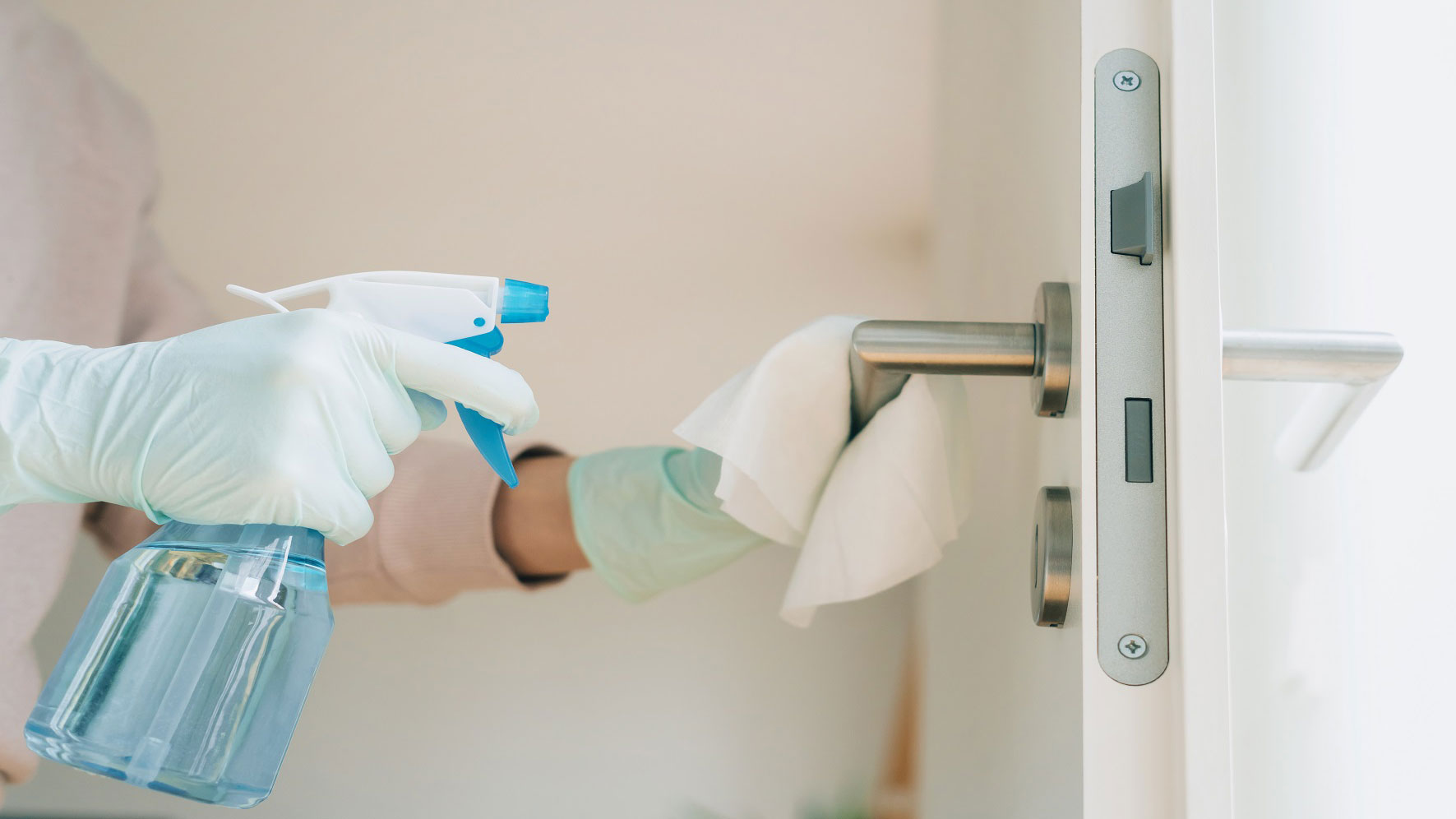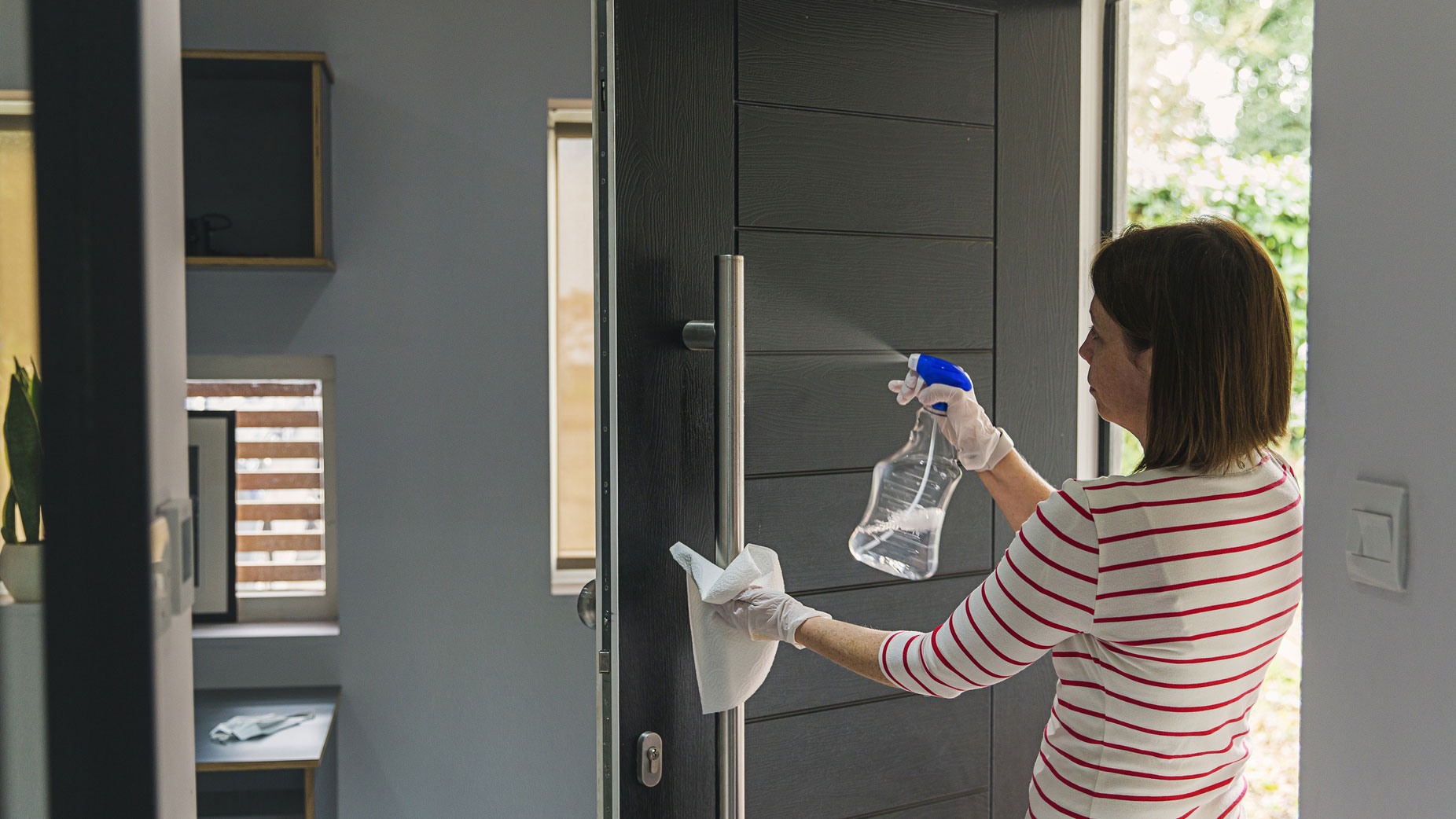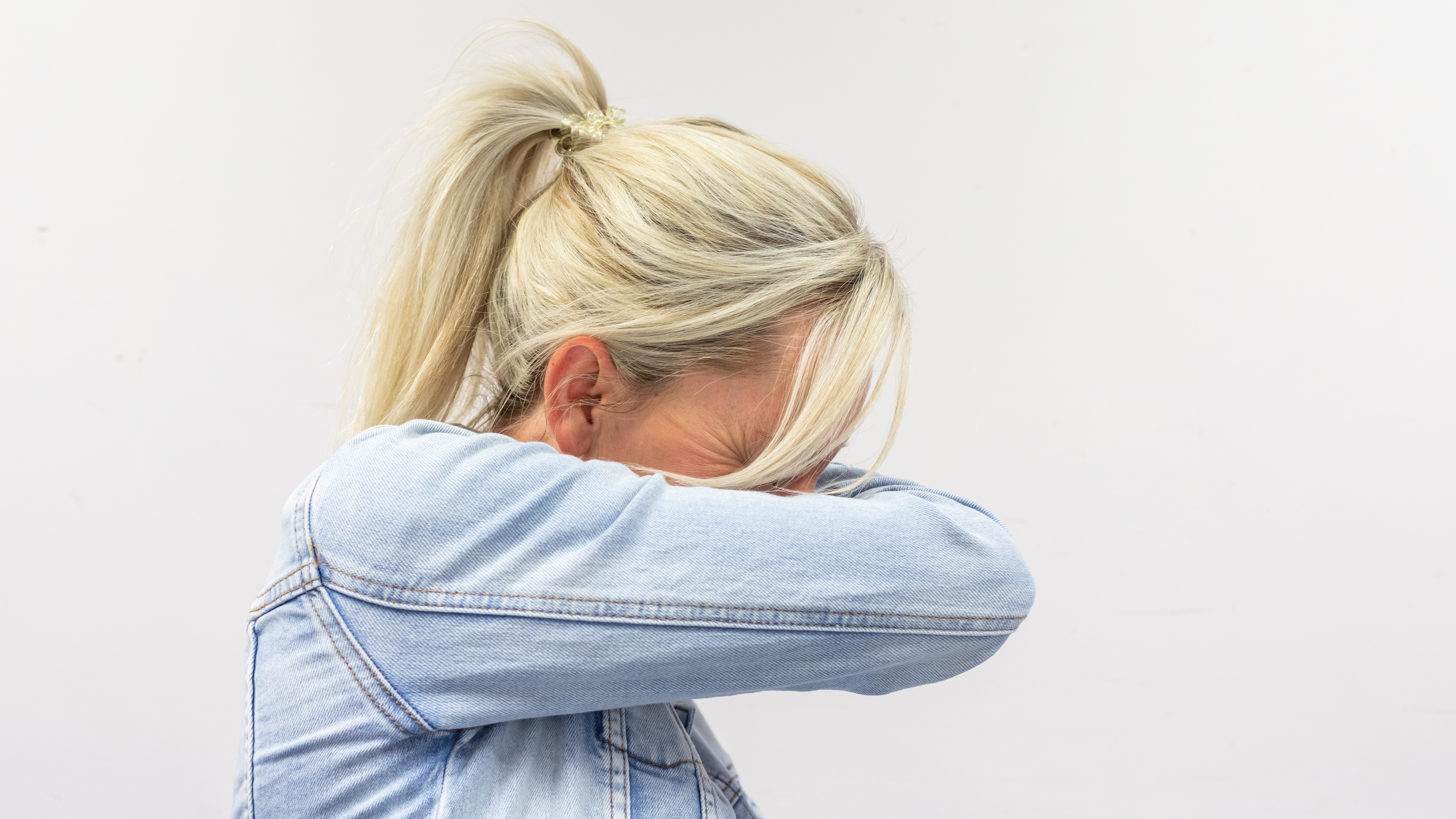3 minute read
5 Easy Steps on Effective Handwashing to Prevent the Spread of Germs
Our hands are indeed the front lines in the fight against the 2019 Novel Coronavirus (SARS CoV- 2), also known as COVID-19, because if someone is sick, they can expel droplets that contain the virus onto surfaces. And if another person touches them with their hands, it can enter their body if they touch their hands to their face. That’s why The Centers for Disease Control and Prevention (CDC) recommends washing hands with soap and water as one of the key ways for people to protect themselves and slow the spreading of the virus.
So why is handwashing with soap so effective?
On a purely physical level, hand washing works by removing the virus from your hand thanks to some basic chemistry. Soap is what’s known as a surfactant, which means it breaks down the oils and dirt on your skin; by rubbing your hands together you create the friction to get the oils off, and water rinses the broken-down, microbe-carrying oils away.
At the molecular level, soap breaks things apart. The soap takes care of the virus much like it takes care of the oil in the water. Much like a crowbar; one side of the soap molecule buries its way into the virus’s fat and protein shell. The chemical bonds holding the virus together aren’t very strong, so this is enough to break the virus’s coat, making it soluble in water, and it disintegrates.
But here’s the catch – it’s only effective if you wash your hands correctly and regularly. So follow these five simple steps, from the CDC, whenever washing your hands to help stop germs from spreading:
So why is handwashing with soap so effective?
On a purely physical level, hand washing works by removing the virus from your hand thanks to some basic chemistry. Soap is what’s known as a surfactant, which means it breaks down the oils and dirt on your skin; by rubbing your hands together you create the friction to get the oils off, and water rinses the broken-down, microbe-carrying oils away.
At the molecular level, soap breaks things apart. The soap takes care of the virus much like it takes care of the oil in the water. Much like a crowbar; one side of the soap molecule buries its way into the virus’s fat and protein shell. The chemical bonds holding the virus together aren’t very strong, so this is enough to break the virus’s coat, making it soluble in water, and it disintegrates.
But here’s the catch – it’s only effective if you wash your hands correctly and regularly. So follow these five simple steps, from the CDC, whenever washing your hands to help stop germs from spreading:
- Using clean water, warm or cold, wet your hands and apply soap.
- Rub your palms together, continually, covering the backs of your hands, between your fingers, and under your nails.
- Continue to scrub for at least 20 seconds, which equals about the same time it will take you to sing “Happy Birthday” twice from beginning to end.
- Rinse your hands under clean, running water, removing all the soap suds.
- Dry your hands using a clean towel, paper napkin, air dryer or air dry them.

Related Stories

4 minute read
Protecting the Health and Wellness of SC Johnson People During COVID-19

5 minute read
Cleaning Tips for Your Home During Coronavirus Pandemic

5 minute read
Seven things Public Health Organizations are recommending to slow the spread of COVID-19

2 minute read